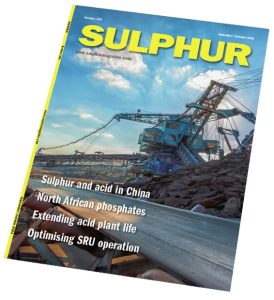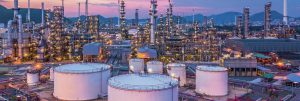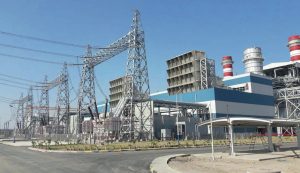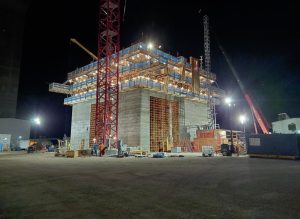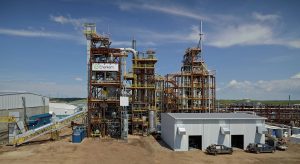
Developing the Woodsmith mine
Anglo American is developing the Woodsmith project in northeast England. This will access the world’s largest known deposit of polyhalite, a natural mineral fertilizer containing potassium, sulphur, magnesium and calcium – four of the six nutrients that every plant needs to grow.

